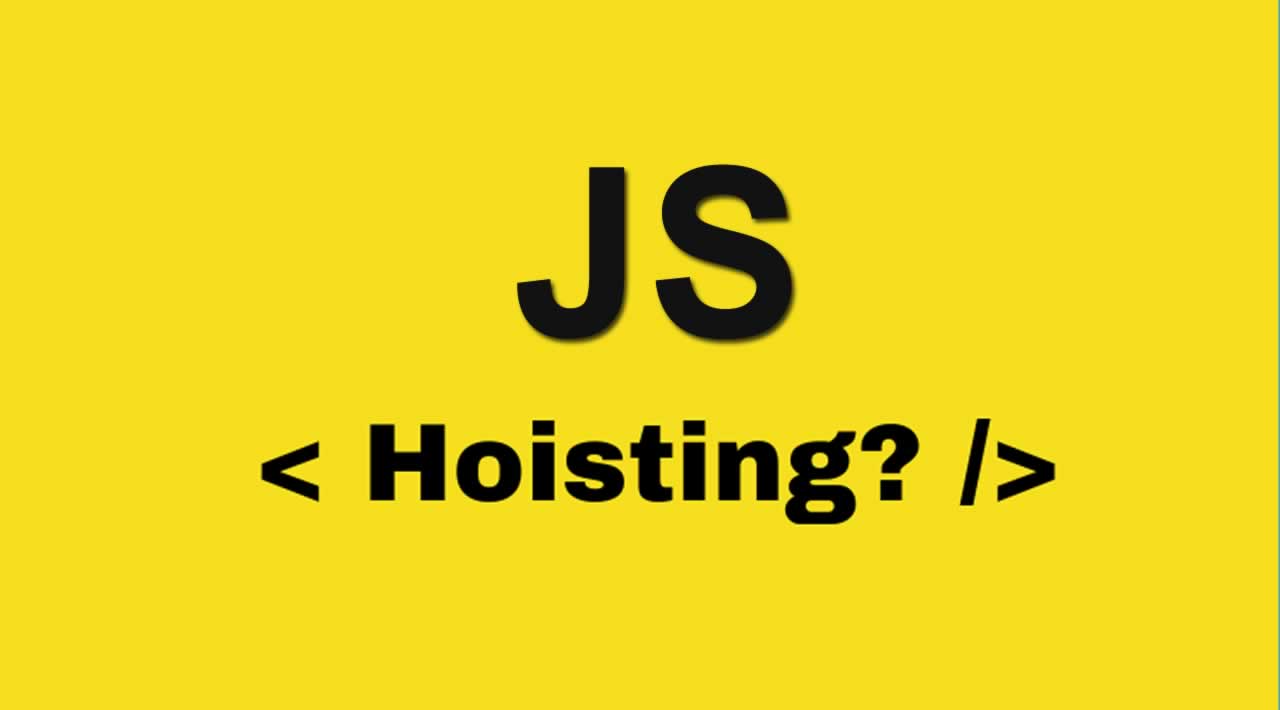Understanding Hoisting in JavaScript for Beginners
In this post, we are going to discuss hoisting. We’ll be discussing what it is and why it’s important for you to know as a Javascriptdeveloper.
This article is the first of many small articles discussing key areas and terms in Javascript, such as call stack, callback, promise, async, etc.
You may also like: Three Ways to Define Functions in JavaScript
Hoisting
Before we start discussing what hoisting is, let us first look at a simple example:
var myName = 'Aditya Nagar'
console.log(myName)
// Aditya Nagar
This is pretty straightforward — I declared a variable, initialized some value to it, and then logged it in the console.
Now, let’s look at the definition of hoisting_:_
Simply put, it means no matter where you declare functions or variables when the code is executed, they’re moved to the top of their scope.
According to the above statement, if I were to move my variable declaration below the console log statement, it should work just fine. But that’s not the scenario. Let’s see why that is.
console.log(myName)
//undefined
var myName='Aditya Nagar'
Now, the question is, “Why am I getting undefined when I should be getting the myName variable? Is hoisting not working?”
The simple answer is that hoisting is working just fine. If you go back to the definition of hoisting, it specifically says that only the declaration is moved to the top and not the initialization.
So in the above example, our variable declaration is moved to the top, while it’s initialized value is not. The reason why we are getting undefined is because it’s the default value of the declared variable in JavaScript.
If hoisting was not working, then we would have got an error that the myName variable is not defined.
So, because of hoisting, we can use the variables no matter where they are declared in our code. However, using the value is a different scenario.
Hoisting in Function Declaration
myName()
//'My name is Vishu Saanp'
function myName(){
console.log('My name is Vishu Saanp')
}
// Function Declaration is moved to top along with function body
Here, I called the function before I even declared it — this is hoisting in the function declaration.
Hoisting in Function Expression
But this is not the case in a function expression. Let’s look at why.
sayHello()
//error: Uncaught TypeError: sayHello is not a function
var sayHello= function(){
console.log('Hello, how are you?')
}
So, why is it working in the function declaration but not in function expression?
Well, it’s because a function expression is a function that is assigned to a variable, and, in this case, the variable declaration is moved to the top with the default value of undefined rather than the function.
Conclusion
With this, we have successfully covered hoisting, and if you have any questions, feel free to ask in the comments. We will be discussing call stack in the next post.
Further Reading
Understanding the Spread Operator in JavaScript
New ES2019 Features Every JavaScript Developer Should Know
JavaScript array methods you should know
#javascript #web-development
